SteelSeries Updates The Arctis Headphone Lineup And Offers Standalone GameDAC
by Brett Howse on August 28, 2018 9:00 AM EST- Posted in
- Accessories
- SteelSeries
- Arctis
- GameDAC
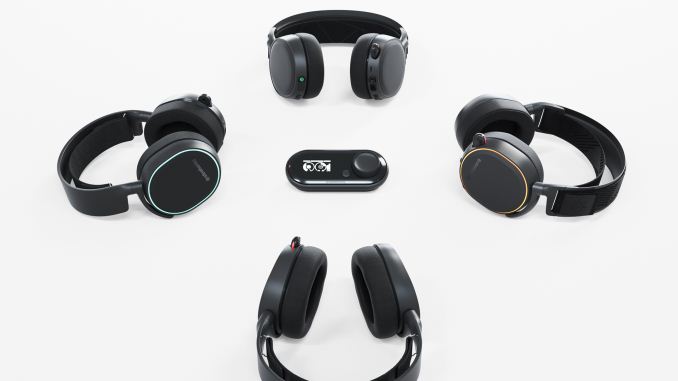
Today SteelSeries is announcing a couple of updates to their headset lineup. The Actis lineup is getting a bit of a facelift, and the SteelSeries GameDAC, which previously was only available as a combo with the Arctis Pro, is going to be offered as a standalone unit to be used with any PC headset.
The Arctis 3, 5, and 7 series of headsets are all getting some cosmetic changes to bring added comfort to the headsets, with thicker memory foam around the ears, and the headband on the Arctis 7 has been redesigned to be closer to the headband found in the Arctis Pro for a better fit for a wider range of people.
In addition to the aesthetic changes, the Arctis 5 and 7 models will offer extended bass response, as well as an upgrade to DTX Headphone:X v2.0. If you’re an owner of the existing lineup, fret not; the original Arctis 5 and Arctis 7 headsets will be getting this upgrade as well through the SteelSeries Engine.
Finally, the GameDAC is going to be offered as a standalone product, rather than only bundled with the Artcis Pro + GameDAC kit. We had a change to check out the GameDAC earlier this year, and it offers a lot of features to the PC audio space, including 24-bit / 96 Khz audio support. This USB powered DAC offers an easy to operate LED display, and features the ESS Sabre 9018 DAC. It’s connected to the PC over USB, and offers additional inputs for 3.5 mm and optical SPDIF as well. It also supports DTS Headphone:X v2.0.
The GameDAC also appears as multiple audio outputs on the PC, so you can send one application to one of them and another to the second, and then you can mix the levels using the GameDAC rotary knob.
It offers a great amplifier, as well as incredibly low noise, and offering it standalone to work with any 3.5mm headset is a smart idea for SteelSeries.
The updated Arctis 3, 5, and 7 are available now for $69.99, $99.99, and $149.99.
The standalone GameDAC is now globally available for $129.99.
Source: SteelSeries


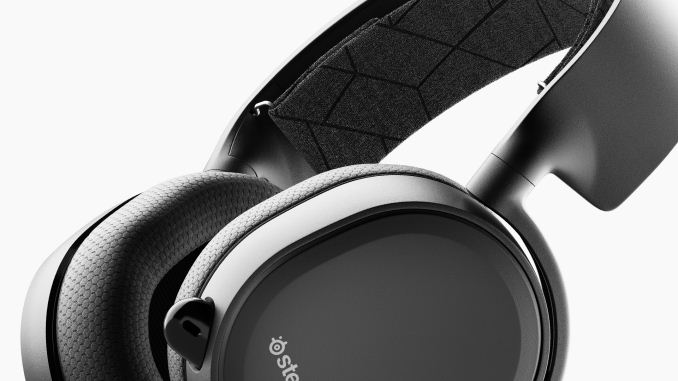

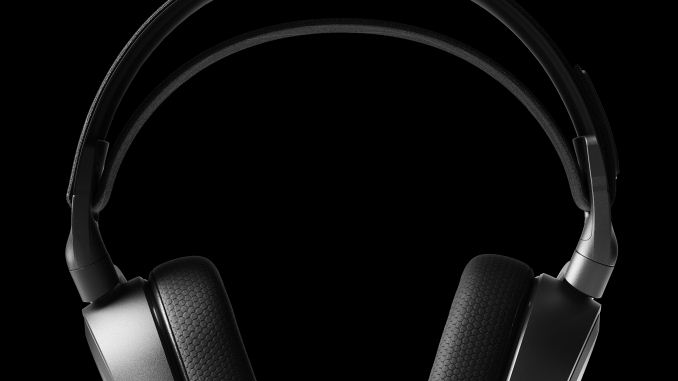
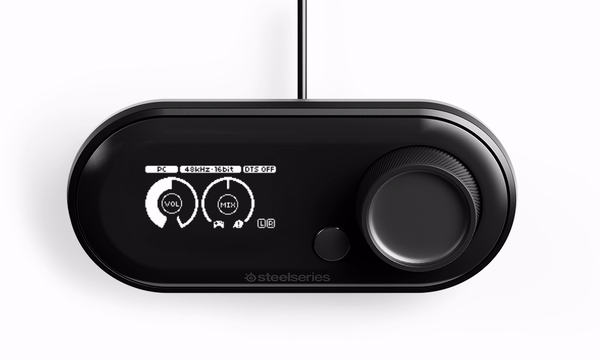
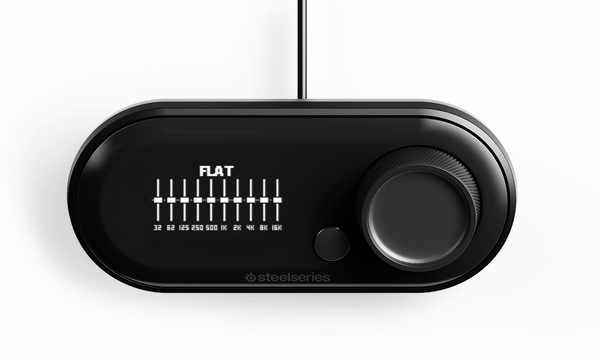








23 Comments
View All Comments
Gasaraki88 - Tuesday, August 28, 2018 - link
No special drivers needed.jabber - Tuesday, August 28, 2018 - link
How many audio devices have a frequency output higher than 22Khz? Very few.I've seen hi-res 'buffs' going on about how hi-res is amazing then i ask what speakers they run it all through...oops. Bit rate probably helps more with resolution than frequency. They should have just upped Red Book to 24bit and left it at that. 18 or 20bit would have probably been fine.
ZeDestructor - Wednesday, August 29, 2018 - link
Human hearing is generally accepted to be 20Hz to 20kHz, though some argue that true golden ears can hit 21, or even 22kHz (I haven't heard of any yet, though...). It doesn't matter that there are plenty of speakers, DACs and amps that can render higher (albeit very non-linearly, and we know that cause we can measure it), if you can't hear it.Remember, you have to account for the noise floor - 20dB(SPL) in a studio, 30-50 dB(SPL) for more typical surroundings; and the threshold of pain - ~120dB(SPL). That means that the maximum theoretical dynamic range you can reach is 100dB. 16bits lets you encode 96dB of dynamic range without using any fancy tricks.
In practice, the human ear has much lower dynamic range because human hearing dynamically adjusts to compensate for loudness. Combine with not wanting music to be "too loud", one can reasonably conclude that the 96dB dynamic range of 16bit audio is more than enough to capture any human-perceptible audio. Until the end of time.
That said, there are reasons for having higher bit depths, and that would be mixing, production and mastering, where higher bit-depths just make things more convenient. You can, of course still work entirely in INT16, but you need to take some care with effects, clipping and distortion. But working in INT24, or FP32 (in particular) is just so much more convenient, so that's what you see in production.
Diji1 - Wednesday, August 29, 2018 - link
>They should have just upped Red Book to 24bit and left it at that. 18 or 20bit would have probably been fine.No that would have been stupid because the human ear is incapable of discerning higher than 16bit fidelity. It is literally mechanically impossible for the ear to discern greater fidelity, there is no higher quality.
Of course many people including audiophiles are going to explain that this is wrong because they don't understand sampling and because they don't understand that confirmation bias is automatic and unconscious.
Lord of the Bored - Wednesday, August 29, 2018 - link
"They should have just upped Red Book to 24bit and left it at that. 18 or 20bit would have probably been fine. "You mean HDCD? Yeah, that was a nice idea. Pity it never took off.
wrkingclass_hero - Tuesday, August 28, 2018 - link
Bit depth has a much larger impact than frequency. The audible difference between 96 and 192 Kilohertz is very minor. You'd be much better off increasing the bit depth to 32 bit floating point.Diji1 - Wednesday, August 29, 2018 - link
>You'd be much better off increasing the bit depth to 32 bit floating point.That would be pointless other than people thinking 32bit is higher quality when it isn't.
ZeDestructor - Tuesday, August 28, 2018 - link
Here, have some actual hard science on why you really don't need anything beyond 16bit, 44.1khz: https://people.xiph.org/~xiphmont/demo/neil-young.... .The ONLY place you need anything higher than that is when you're actually mastering or mixing audio. That would be handled internally by WASAPI/ALSA/OSS/PulseAudio/JACK, not by the DAC. For pure audio storage and output, 16/44.1 is all you need, although DVD and BR have pushed the standard a little up to 24bit/48kHz (somewhat unnecessary, but not actually harmful).
Gasaraki88 - Tuesday, August 28, 2018 - link
What a bunch of F***ers. I bought the bundle when it first came out and you can't use any other headphones with the DAC. Now they release one 3 months later that you can use any headphones. People don't buy their headphones, don't listen to the reviews.Brett Howse - Tuesday, August 28, 2018 - link
I imagine the standalone version is just going to come with a cable to plug in the 3.5mm headsets and SteelSeries sells their cables on their site. Basically I would expect to see the opposite of this appear on the site soon:https://steelseries.com/gaming-accessories/arctis-...
If that's what you're after and you don't see it in the coming months send me an email and I can reach out to their PR people.